How Queen Victoria transformed the Swiss tourism industry
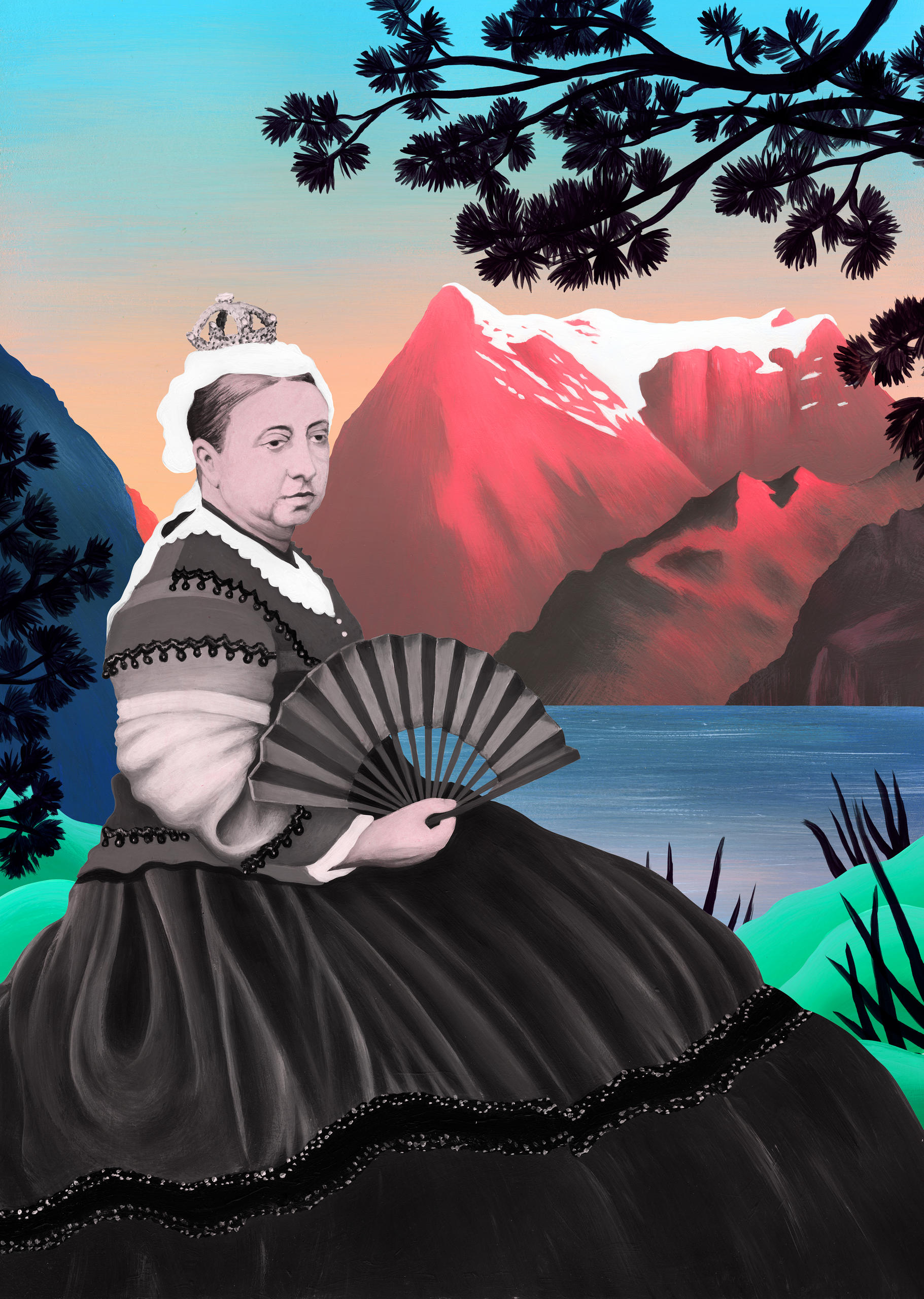
Exactly 150 years ago, Queen Victoria and a small entourage headed to central Switzerland for a five-week getaway. It was the first visit to the Alpine country by a reigning British monarch and left its mark not only on Victoria but also on the Swiss tourism industry.
“Oh, it is too awful, too dreadful. And a sickness, an icy coldness bordering on the wildest despair, comes over me. It is more than a human being can bear.”
The most powerful woman in the world needed a break. In 1868, when Victoria wrote that entry in her diary, the 49-year-old mother of nine was still mourning her husband, Albert, who had died seven years previously.
“Her grief was so deep that she became ill. Today we would say she had a sort of depression or burn-out, so her doctor told her to take a break from all her duties,” Christoph Lichtin, director of Lucerne History Museum, told swissinfo.ch.
Victoria was born in 1819, became Queen of the United Kingdom of Great Britain and Ireland in 1837, married her first cousin Prince Albert of Saxe-Coburg and Gotha in 1840, and died in 1901.
She and Albert had nine children and 40 grandchildren, many of whom married into royal families across Europe.
Their 142 (legitimate) great-great-grandchildrenExternal link include Queen Elizabeth II and her husband Philip, King Juan Carlos I of Spain and his wife Queen Sofia, King Constantine II of Greece and his wife Queen Anne-Marie, King Harald V of Norway, King Carl XVI Gustaf of Sweden, Queen Margrethe II of Denmark, King Peter II of Yugoslavia, King Michael I of Romania.
Austria was considered, but eventually arrangements were made for Victoria and her relatively small retinue – including three daughters and two ponies – to stay in the recently opened Pension Wallis from August 7 to September 9. Albert was very fond of the area – in 1837 he climbed Mount RigiExternal link (from which he picked, dried and pressed an Alpine rose for Victoria, which she apparently carried wherever she went).
Pension Wallis was an impressive – and isolated – white building overlooking Lucerne. Now a private residence, in 1868 it was owned by a British printer and hotel owner, Robert Wallis.
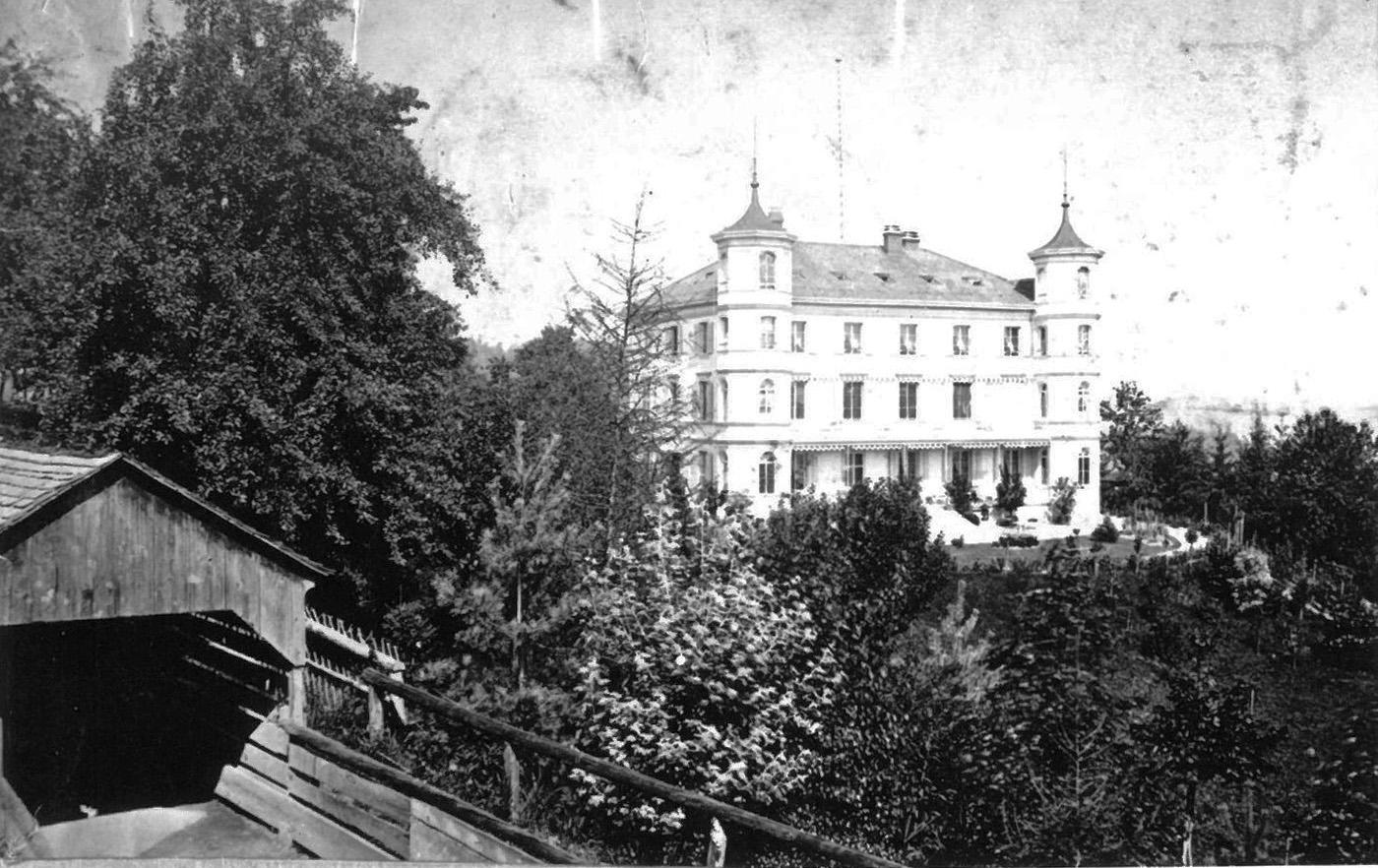
Planning for the trip took three years, and although half of Europe knew about it – Emperor Napoleon III put on a train for her – Victoria insisted on travelling “incognito” as the lowly Countess of Kent, one of her many titles. It wasn’t exactly a brilliantly kept secret.
“Hundreds of people welcomed her at Lucerne railway station,” said Lichtin, whose museum is putting on an exhibition devoted to the visitExternal link until September 16.
Peter Arengo-Jones, a former journalist at Swiss Radio International, swissinfo.ch’s predecessor, wrote a book in 1995 about the visit called “Queen Victoria in Switzerland”. In this archive clip from 1996, Arengo-Jones explains the logistics of getting to Lucerne:

Queen Victoria’s journey
“Comfortable simplicity” was what everyone was told to aim for. Lichtin, who worked with Arengo-Jones on a recent German version of the book, said Victoria wanted to be treated as an ordinary traveller. She greatly appreciated the seclusion, but because she could speak German – the first language of both her husband and mother – she talked to a lot of locals.
“She was very interested in Swiss culture – farming, for example,” he explained. “She had a farm in Windsor and near where she was staying there was a big farm [where the hotel Château GütschExternal link is now]. In her diary she wrote that she visited the farmer and talked about cattle. She was very impressed that in Switzerland they would give names to cows, and that when the cows heard their name they did whatever the farmer wanted.”
Peter Arengo-Jones explains how Victoria filled her days:

Queen Victoria’s agenda
The Queen embarked on a classic sight-seeing tour, visiting monuments, squares and memorials. In her diary, she mentions the Schweizerhof Quay, the Chapel BridgeExternal link and the Lion MonumentExternal link in Lucerne and the Winkelried MonumentExternal link in neighbouring canton Nidwalden.
She was also a keen souvenir hunter, always stopping to pick up presents for herself or others. The exhibition contains a model wooden chalet, similar to one Victoria would have picked up and kept in her and Albert’s Swiss CottageExternal link on the Isle of Wight.
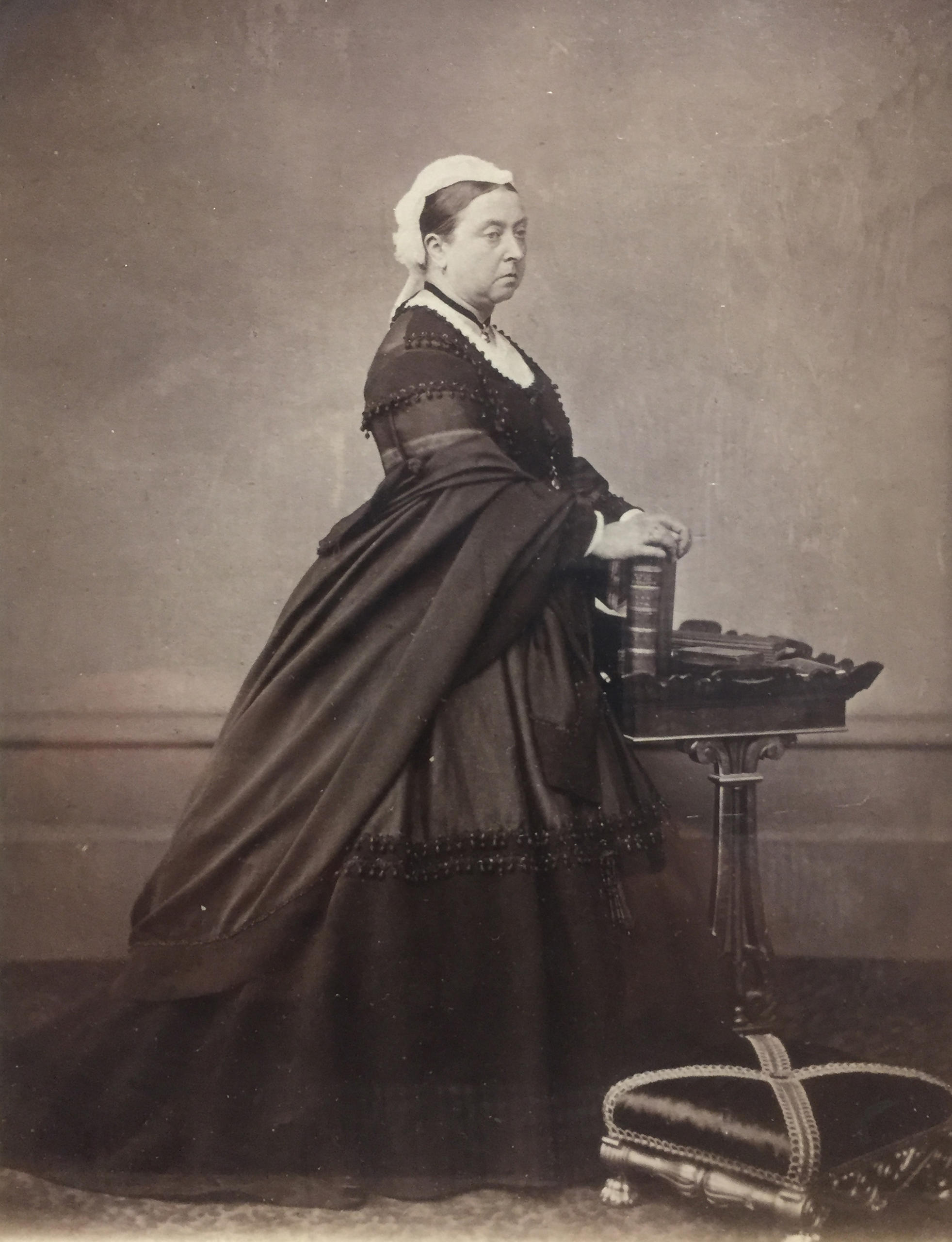
No photos exist of Victoria in Switzerland, but on display are copies of watercolours Victoria painted of local people and landscapes.
She made it to the top of Mount PilatusExternal link (on her pony Flora) and, as Arengo-Jones said, the only time she didn’t stay in Pension Wallis was for three nights on the Furka Pass. Initially shocked by the simplicity of the accommodation, she ended up enjoying living in the inn like a family.
Not everyone was so happy, however. “The hotel was closed to other guests and a lot of people were turned away,” Lichtin said. “In the Swiss papers there were a lot of protests from guests who couldn’t get their room complaining about unequal treatment. It was so typically Swiss: ‘What do they think they’re doing? Without any information! Who paid for the road to the Furka? Certainly not the Queen, but we have to stay outside!’”
That little diplomatic hiccup aside, Queen Victoria’s Swiss adventure was exactly what the doctor ordered.
“These five weeks really were a success for her health,” Lichtin said. “You can see in her journal how her mind opens every day. There are some situations – especially on the Furka – where she saw a sunrise and was overwhelmed by the landscape.”
David Seddon noted in the Alpine JournalExternal link in 2001 that “Lord Jenkins records in his biography of Gladstone that, on his accession to power later that year, [Prime Minister] Gladstone found the Queen ‘… kind, cheerful, even playful …’. During her sojourn in the Alps, she had begun to sketch and draw people again, something she had rarely done since the death of Albert. Perhaps, at last she was a little better.”
And was it good for Swiss tourism? “That’s putting it mildly,” said Peter Arengo-Jones:

The Victoria effect on tourism
Lichtin agreed. “You can see, especially in Lucerne, a lot of things called Victoria. Hotels started being built like palaces. So we have Hotel Bristol, Hotel Victoria – this connection to Britain was very important and a lot of Britons came here. Of course this was a development across Europe, with more people travelling around,” he said.
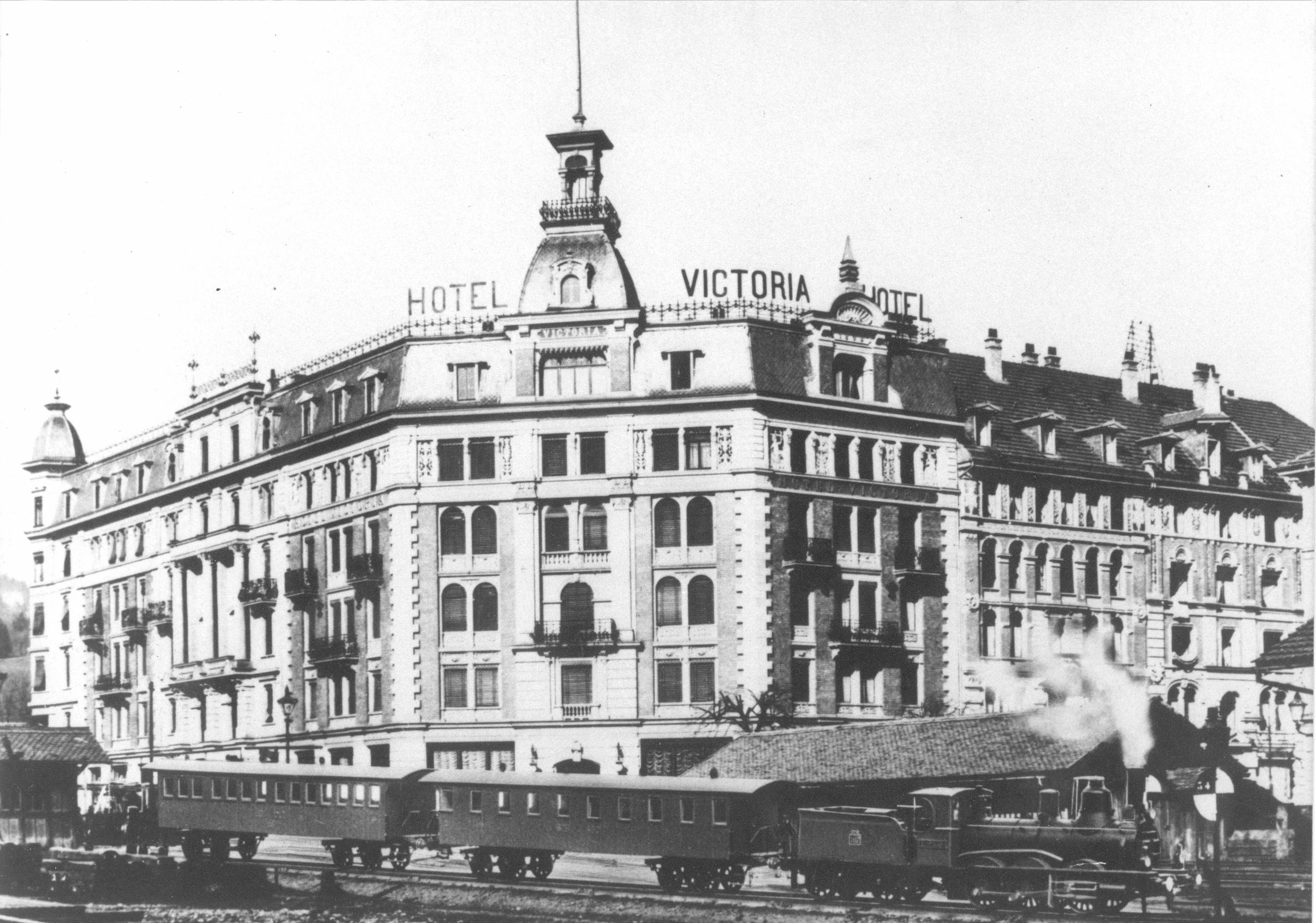
“The name Victoria became very important for everything in tourism. Two years later a hotel Victoria opened in Lucerne, there was a steamer called Victoria. Today there are more than 20 Victoria hotels in Switzerland. So Victoria is a sort of brand – wonderful places, good food. It’s a bit better than Hotel Bahnhof (station hotel)!”
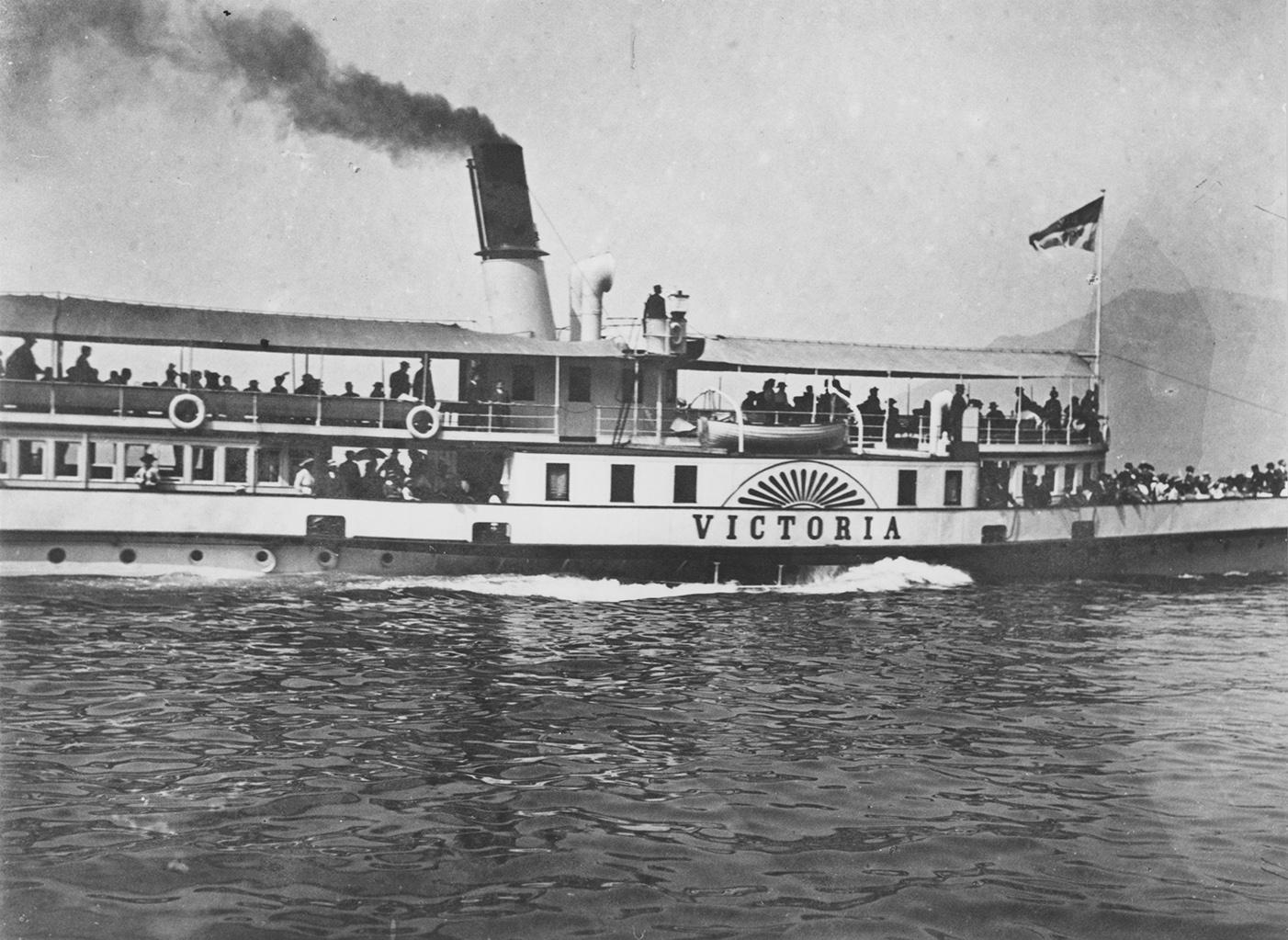
Prince Michael of Kent, a great-great-grandson of Queen Victoria (and Queen Elizabeth II’s first cousin), visited the exhibition on May 1 and said he was particularly impressed by the extracts from Victoria’s diary.
The trip had given Victoria a “glimmer of hope”, he said, adding it had lifted her spirits. The exhibition told a story that was relatively unknown, although, personally, he had always been aware of her. “One can’t escape her,” he said. “As a historical figure she left such a mark and she was so influential at the end of her reign.”
Queen Elizabeth II has made only one official visitExternal link to Switzerland during her 66-year reign, in 1980.
In 1949, Elizabeth’s sister, Margaret, visited Château Chillon and NyonExternal link.
Klosters has been a favourite ski destination of Prince Charles and his sons William and Harry for many years.
The connection has not always been so happy: in 1936, Edward VIII, having been told he couldn’t marry Wallis Simpson, reportedly planned to flee the countryExternal link and fly to Zurich, where rooms had already been booked at the Dolder GrandExternal link hotel. The government got wind of the plan and grounded the plane.

In compliance with the JTI standards
More: SWI swissinfo.ch certified by the Journalism Trust Initiative

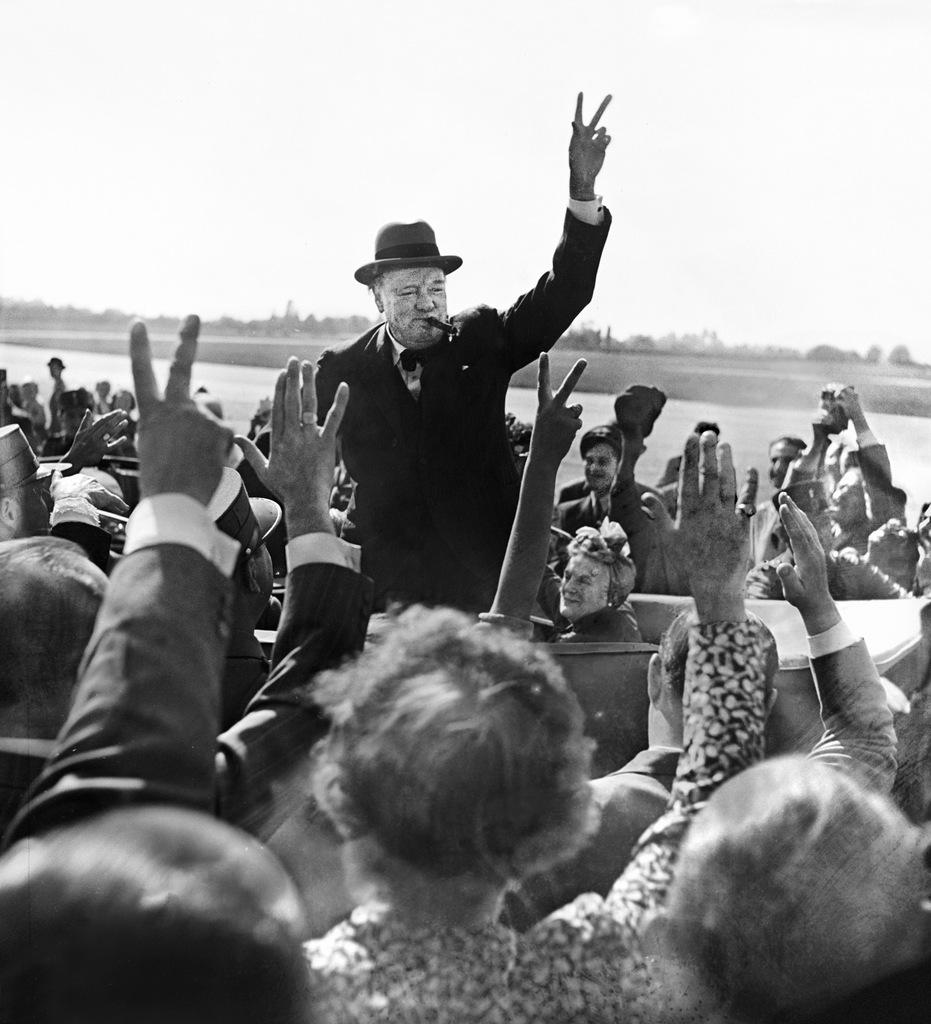
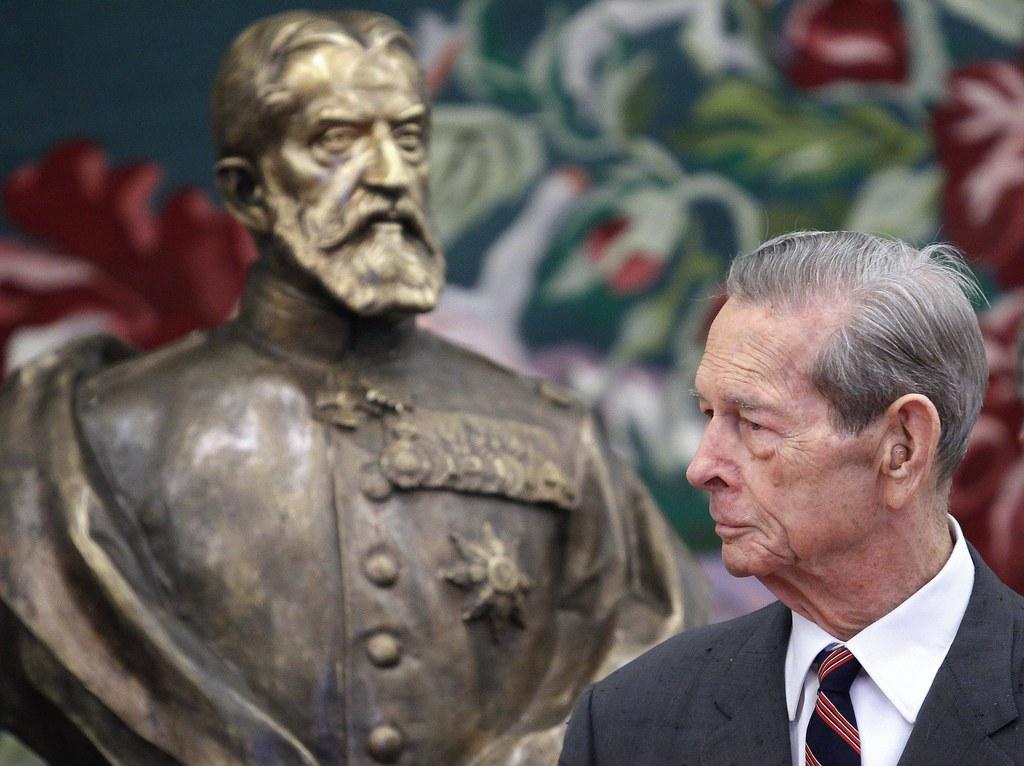

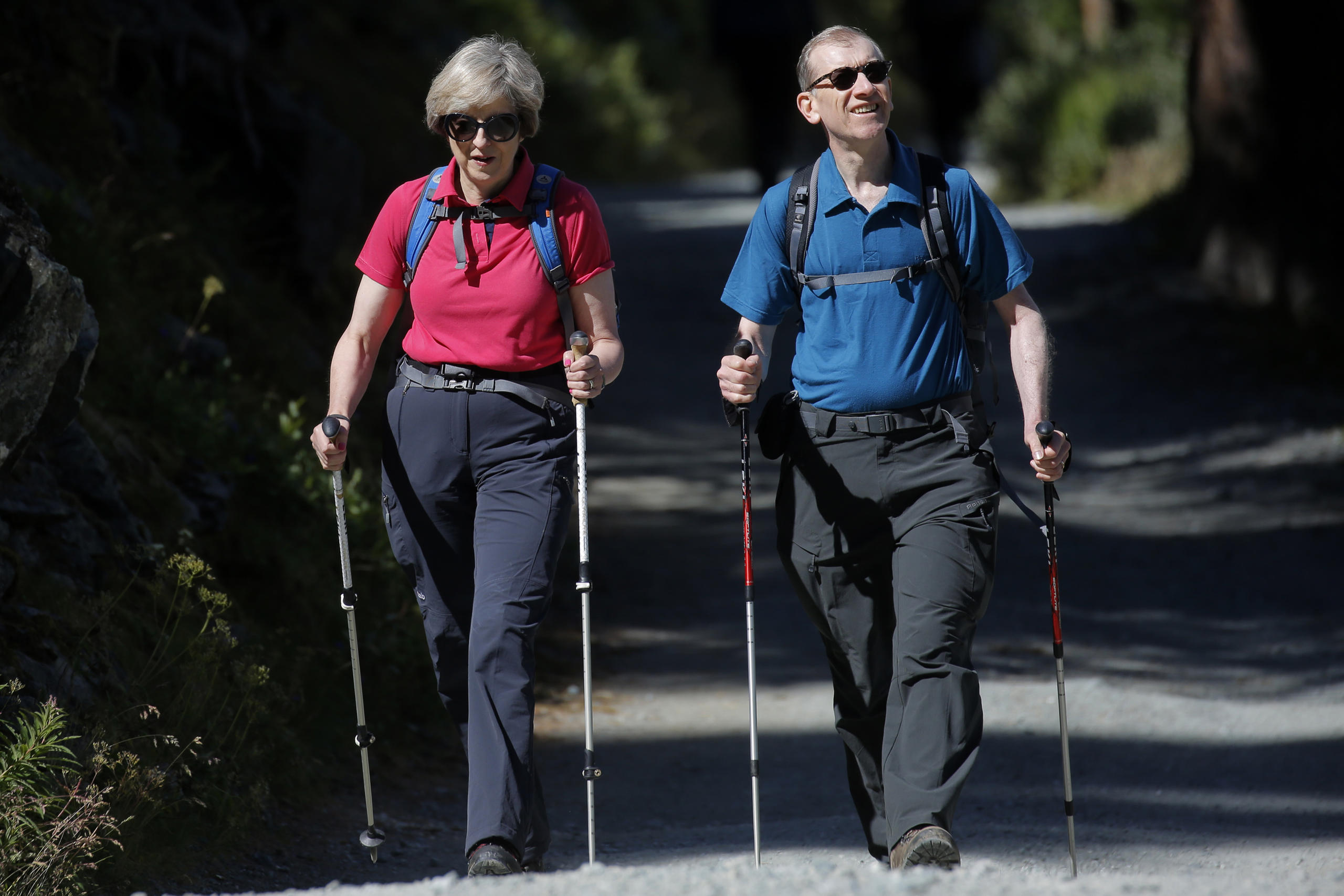
Join the conversation!